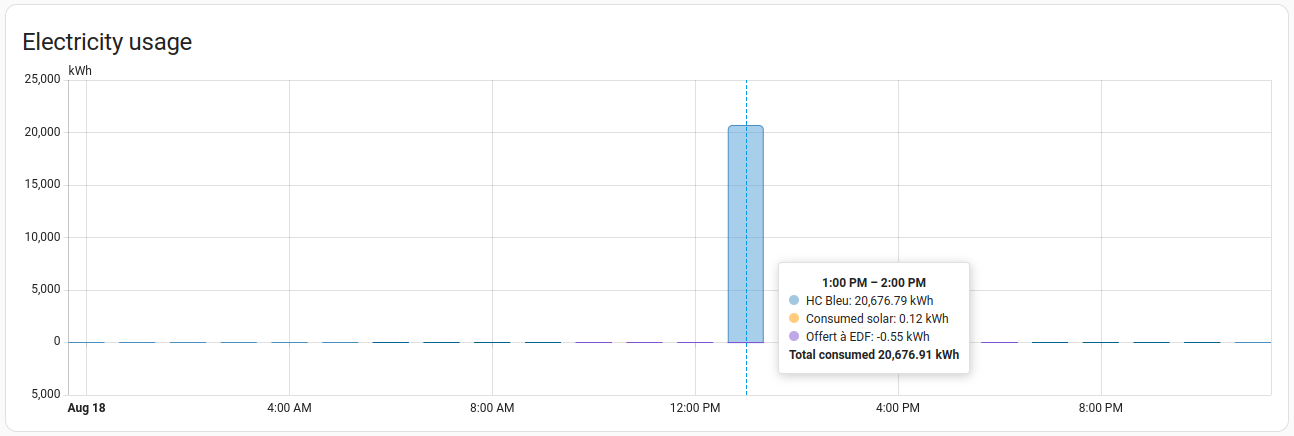I am using a lot of web services on several servers, and I was bored to remember all ports and change my firewall rules each time. So I use HAProxy to redirect all incoming HTPP traffic to the right server/port by checking the requested URL.
Moreover, I configured it as an SSL endpoint, so every communication between a browser and HAProxy is encrypted, even if the service I am using is not able to support it. The other pro of this solution is to be able to use basic HTTP authentication whenever I want to restrict access to some services.
So I lost some time on the configuration, especially on one parameter that I never found on the internet, hope this can help other people. It is not a full guide on how to configure HAProxy, a lot of tutorials are on the internet, but it focuses on the essential parts.
HAProxy configuration file, located at /etc/haproxy/haproxy.cfg, is separated
in 5 categories:
- Global
- Defaults
- Frontend
- Backend & userlist
- Proxy
1. Global
From the documentation:
Parameters in the “global” section are process-wide and often OS-specific. They are generally set once for all and do not need being changed once correct.”
So, the only one I put there is the following ssl-server-verify none. It says
that HAProxy will not complain if it has to connect to a server with an
untrusted certificate. Useful for self-signed certificates, and can be placed in
defaults section or each frontend.
2. Defaults
Set the parameters for all following frontends, until the next defaults section.
3. Frontend
It is the entry point for the browser, you can set here how the incoming connection should be handled. You can have as many endpoint as you want unless they do not listen on the same port.
frontend https
bind :443 ssl crt /path/to/sslKey/cert.pem
option forwardfor
http-request set-header X-Forwarded-Port %[dst_port]
http-request set-header X-Forwarded-Proto https if { ssl_fc }
http-request set-header X-Forwarded-Host %[req.hdr(Host)]
use_backend lighttpds if { path_beg /testhttps }
use_backend lighttpdAuth if { path_beg /auth }
use_backend headphones if { path_beg /music }
use_backend lighttpdAuth if { path_beg /liste }
default_backend lighttpd
Bind keyword will tell HAProxy to listen port 443, and the path to the SSL
certificate.
The four following parameters are to tell the server that the connection goes
through a proxy, send some information on the client and the type of connection.
The parameter I never found over the web is
http-request set-header X-Forwarded-Host %[req.hdr(Host)], which allows the
service to write the host address instead of 127.0.0.1, if it is on the same
host.
Then is declared the backend to use (=services) on which conditions, and the default
4. Backend & userlist
Then comes the services you want to use
backend headphones
server headphones localhost:85 ssl
acl AuthOkay_UsersAuth http_auth(UsersAuth)
http-request auth realm UserAuth if !AuthOkay_UsersAuth
The name just after “backend” keyword must be the one defined in the fronted
list. Then you can declare as many servers as you want because HAProxy is also
used as a load balancer, but in this case, we only use one. Keyword ssl is not
mandatory, it specifies that HAProxy must establish a secured connection. Then
the two last lines are for the basic HTTP authentication, in combination with
the two following lines:
userlist UsersAuth
user userName1 insecure-password passwordForUserName1
Another thing to do is to tell each service that we access it through a prefix, it allows them to add it to the URL (ex: http://domainName/headphone instead of http://domainName/) Each service has a different configuration scheme, some example
- Node-Red : settings.js – httpRoot
- Headphones – config.ini – http_root (For all services based on CherryPy)
- KiwiIRC – config.js – conf.http_base_path
- GateOne – 10.server.conf – url_prefix
5. Proxy
Use HAPRoxy as… a proxy, see HAProxy documentation for this stuff.
I hope this helps because a lot of documentation about reverse proxy is based on Nginx, not HAProxy.


Share this post
Twitter
Google+
Facebook
Reddit
LinkedIn
StumbleUpon
Pinterest
Email